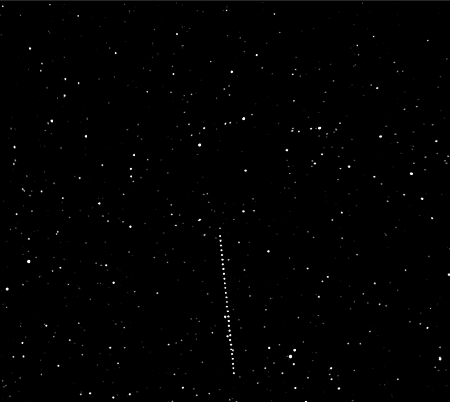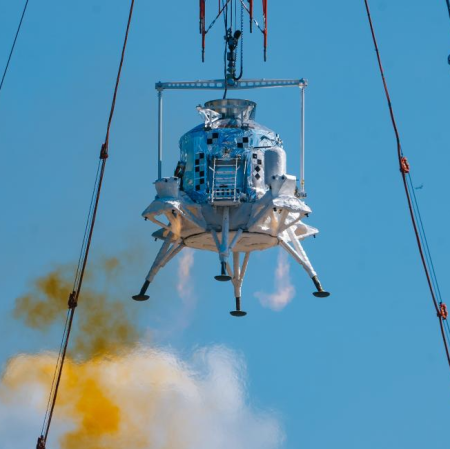Azerbaijan officials hold cooperation talks with SpaceX
In connection with the visit of Azerbaijan’s president to the United States, he and other officials held a meeting with SpaceX vice president Stephanie Bednarek to discuss possible areas of cooperation. From Azerbaijan’s state-run press:
At the meeting, we noted Azerbaijan’s economic potential, strategic development directions, and favorable investment climate. We discussed prospects for cooperation with SpaceX, including partnership opportunities in the application of innovative and space technologies, artificial intelligence solutions, and knowledge and experience transfer.
In plain language, Azerbaijan is considering buying services from SpaceX. That it is doing so underlines once again the negative consequences of Putin’s invasion of the Ukraine. Azerbaijan now fears Russia, and is looking elsewhere for aid. It also senses Russia’s increasing weakness, economically, technologically, and militarily, making it more willing to forge alliances with others.
In connection with the visit of Azerbaijan’s president to the United States, he and other officials held a meeting with SpaceX vice president Stephanie Bednarek to discuss possible areas of cooperation. From Azerbaijan’s state-run press:
At the meeting, we noted Azerbaijan’s economic potential, strategic development directions, and favorable investment climate. We discussed prospects for cooperation with SpaceX, including partnership opportunities in the application of innovative and space technologies, artificial intelligence solutions, and knowledge and experience transfer.
In plain language, Azerbaijan is considering buying services from SpaceX. That it is doing so underlines once again the negative consequences of Putin’s invasion of the Ukraine. Azerbaijan now fears Russia, and is looking elsewhere for aid. It also senses Russia’s increasing weakness, economically, technologically, and militarily, making it more willing to forge alliances with others.










